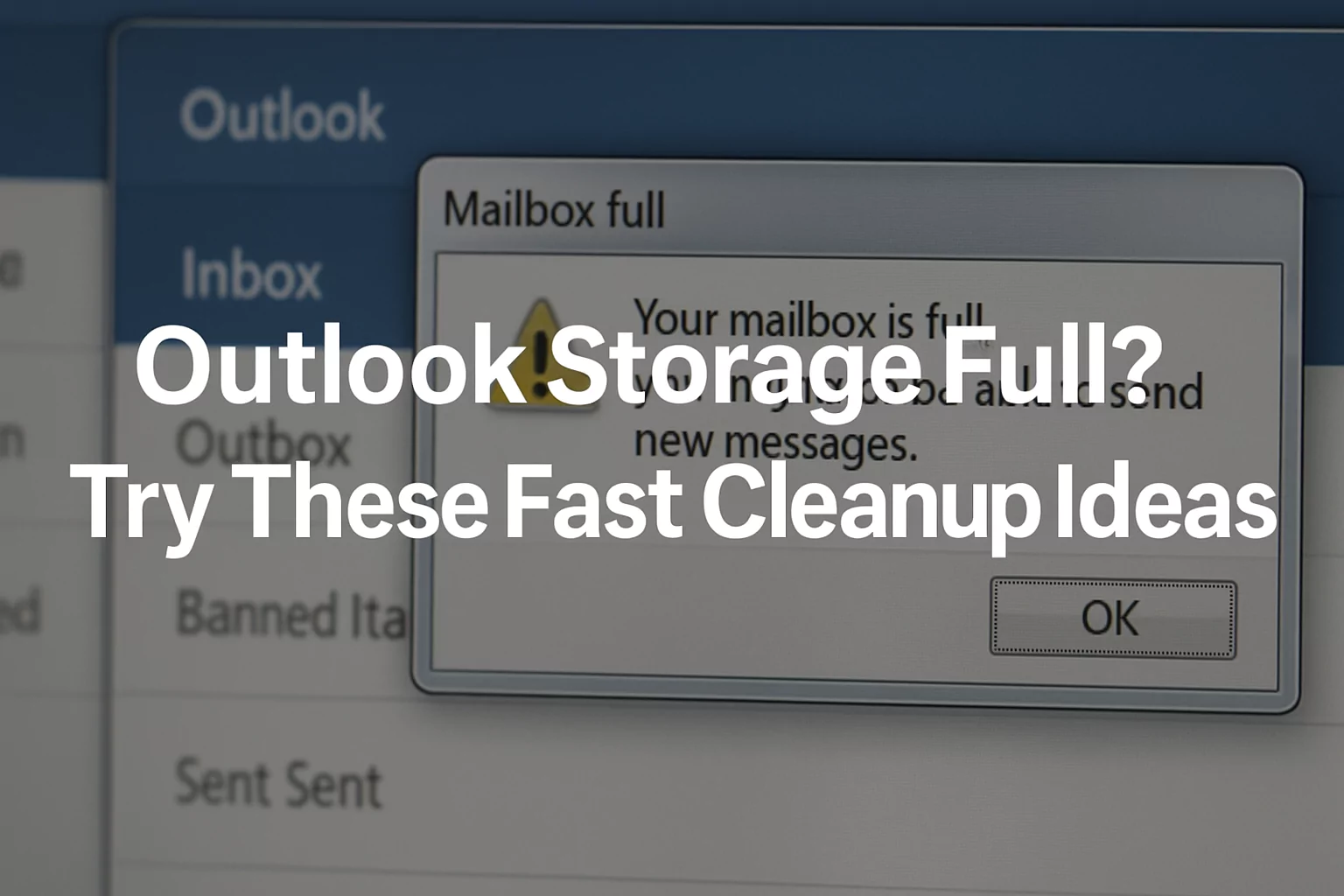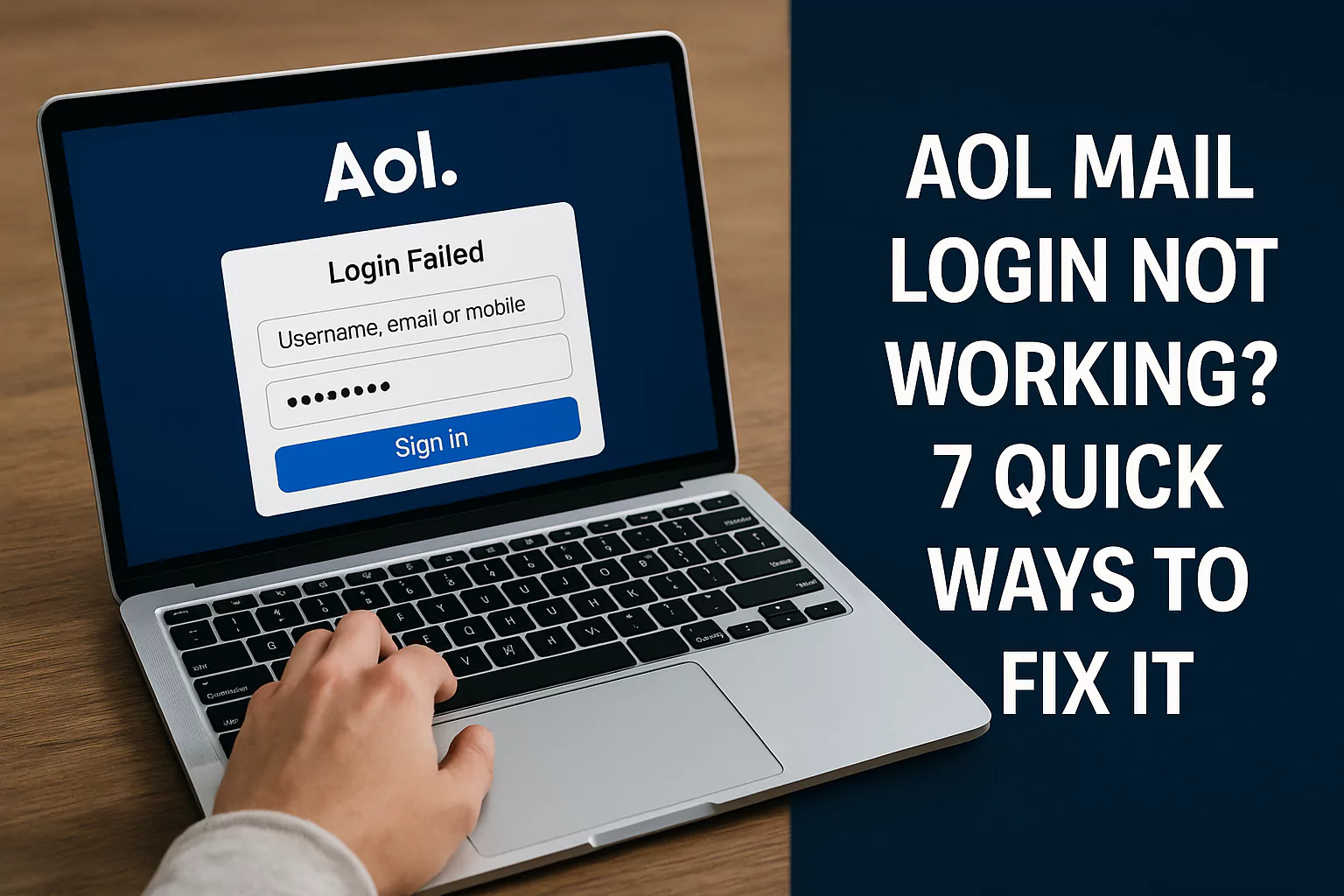WebCord Virus: Protection And Virus Removal Guide

The WebCord virus is a type of adware that disrupts your computer by bombarding you with ads, stealing your data, and redirecting your searches. This guide will explain what WebCord is, how to protect yourself from it, and how to remove it if your computer is already infected.
Understanding the WebCord Virus
What is the WebCord Virus?
WebCord is a sneaky program that hides on your computer. It displays unwanted ads, gathers your browsing data, and reroutes your searches to make money for the attackers.
How does it spread?
WebCord can sneak onto your computer through a variety of ways, such as:
- Deceptive downloads: WebCord can be bundled with free software you download from the internet. Always be careful what you download and only use trusted sources.
- Phishing emails: Phishing emails try to trick you into clicking on malicious links or downloading attachments that contain WebCord. Don’t click on links or open attachments from suspicious emails.
Symptoms of infection
Here are some signs that your computer might be infected with WebCord:
- You see a sudden increase in pop-up ads, banners, and notifications.
- Your web browser gets redirected to unfamiliar websites.
- Your searches lead to unexpected results.
- Your computer runs slower than usual.
Protection Against the WebCord Virus
The best defense against WebCord is a good offense. Here are some steps you can take to protect your computer:
Install and update antivirus software: A good antivirus program can detect and remove WebCord before it infects your computer. There are many reputable free and paid antivirus options available.
Enable firewall protection: Your firewall helps block unauthorized access to your computer. Make sure your firewall is turned on and configured correctly.
Be cautious of phishing attempts: Don’t click on links or open attachments in emails from unknown senders. Be wary of emails that urge you to take immediate action or offer deals that seem too good to be true.
Keep software updated: Outdated software can have security holes that attackers can exploit. Keep your operating system, web browser, and other software up to date with the latest security patches.
Practice secure network habits: Be careful when using public Wi-Fi networks. Avoid accessing sensitive information on public Wi-Fi and consider using a virtual private network (VPN) for added security.
Removing the WebCord Virus
If you think your computer is infected with WebCord, here’s what to do:
Disconnect from the internet: This will prevent WebCord from communicating with its command center and downloading more malware.
Enter safe mode: Safe mode is a special boot option that loads Windows with only the basic programs and drivers needed to run. This can make it easier to remove WebCord.
Run a full system scan: Use your antivirus software to scan your entire computer for WebCord and other malware.
Delete temporary files: Temporary files can sometimes store malicious code. Delete your temporary files using your system’s built-in tools.
Restore system settings: If WebCord has changed your system settings, you can restore them to their defaults. This can help remove any malicious changes made by WebCord.
Consider using a dedicated removal tool: There are several free tools available that can help you remove WebCord. However, be cautious and only download tools from reputable sources.
Change your passwords: WebCord may have stolen your passwords. Change your passwords for all your online accounts, especially your email and bank accounts.
Conclusion
WebCord is a nasty piece of software, but it can be removed. By following the steps in this guide, you can protect your computer from WebCord and get rid of it if it’s already infected. Remember, prevention is always better than cure. By practicing safe browsing habits and keeping your software updated, you can significantly reduce your risk of infection.









